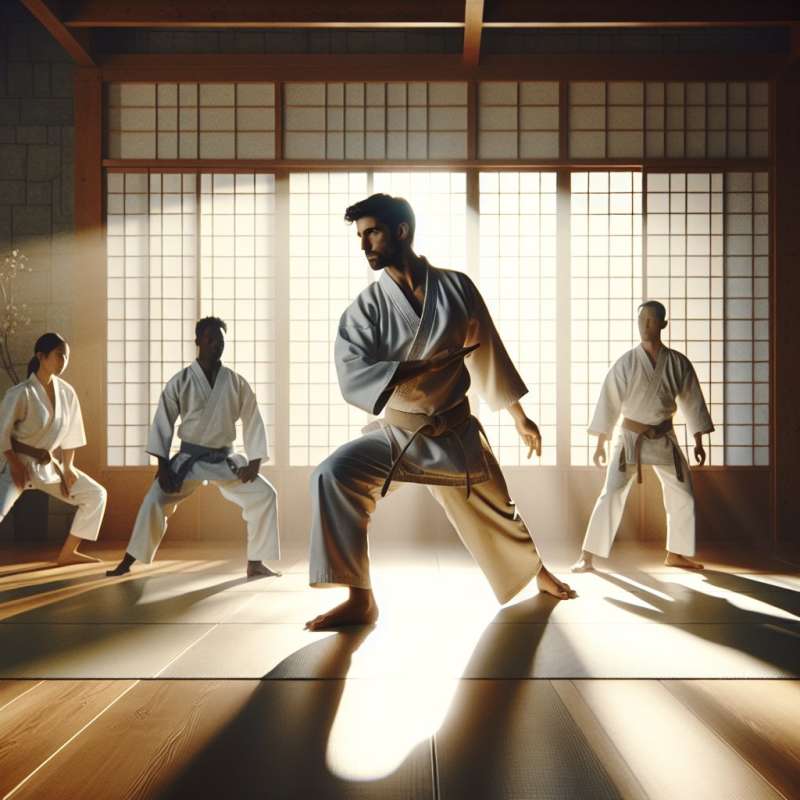
Karate's Diverse Evolution
Modern karate demonstrates a rich diversity, branching from its Okinawan roots. Post-World War II, karate's adaptation and global spread led to the emergence of various styles, each with unique philosophies and techniques.
Shotokan: Dynamic Long Ranges
Founded by Gichin Funakoshi, Shotokan is characterized by deep, long stances and powerful linear movements. Its emphasis on kihon (basics), kata (forms), and kumite (sparring) makes it popular worldwide.
Wado-Ryu: Blending with Jujutsu
Hironori Otsuka merged Shorin-ryu karate principles with Shindo Yoshin-ryu jujutsu to create Wado-Ryu. This style emphasizes body shifting and softness, contrasting with the hard techniques of other karate forms.
Kyokushin: Ultimate Truth Karate
Founded by Masutatsu Oyama, Kyokushin karate is known for its full contact sparring and intense physical conditioning. It fosters a philosophy of self-improvement, discipline, and hard training.
Goju-Ryu: Hard-Soft Style
Chojun Miyagi developed Goju-Ryu, which uniquely incorporates both circular and linear techniques. Its name reflects the combination of hard (Go) striking and soft (Ju) breathing methods.
Shito-Ryu: Technical Diversity
Kenwa Mabuni's Shito-Ryu is a synthesis of Naha-te and Shuri-te traditions, resulting in a style with a vast array of techniques and kata. It's recognized for its balance between power and agility.
Modern Sport Karate
Sport Karate, largely influenced by Japan Karate Association, has gained popularity through competitions. It focuses on point-based sparring (kumite) and performance (kata), leading to its inclusion in the Olympics.
Post-WWII karate's evolution led to?
Few global styles
Uniform global style
Diverse global styles
Company